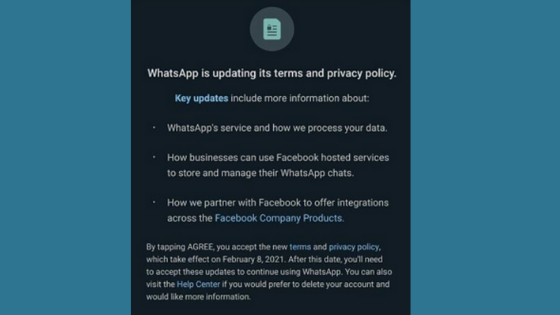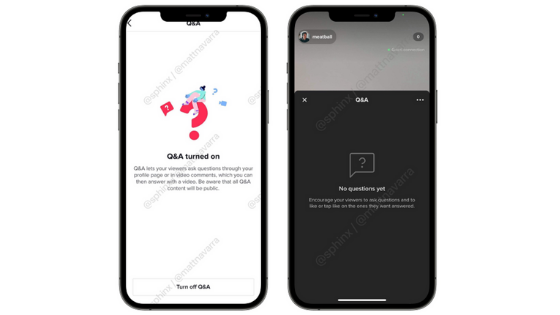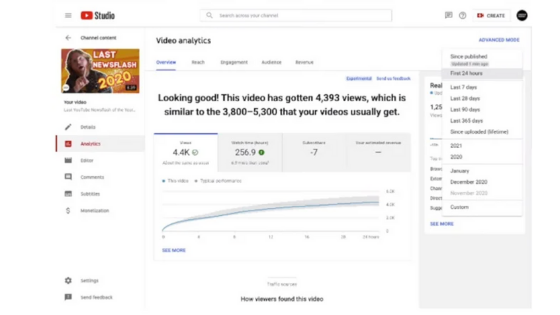Social media is forever changing which makes it easy to miss an update from time to time. Twice a month, we look into three of the latest key updates from the past few weeks from the various social media giants. Here’s what’s been happening recently…
WhatsApp Delays Privacy Policy Update in Order to Further Address User Concerns
Facebook has announced that it will delay a planned update to both the Privacy Policy and Terms of Use for WhatsApp, after users raised significant concerns as to how the change would impact their personal data and information. ⠀
⠀
Last week, WhatsApp sent out an in-app alert to users, which announces a coming update to its ‘terms and privacy policy’, which is mandatory for all users to accept in order to continue using the app. However, some points sparked concern, with many users taking this to mean that WhatsApp would now begin sharing all of its user data with Facebook.⠀
⠀
According to Facebook, this is not true. The changes will only relate to messaging with businesses on WhatsApp, not your personal conversations, which will remain private and encrypted.⠀
As explained by WhatsApp:
“We’re now moving back the date on which people will be asked to review and accept the terms. No one will have their account suspended or deleted on February 8. We’re also going to do a lot more to clear up the misinformation around how privacy and security works on WhatsApp. We’ll then go to people gradually to review the policy at their own pace before new business options are available on May 15.”
While Facebook is in the midst of combining its messaging apps which will enable users of Instagram, Messenger and WhatsApp to all message each other. That would theoretically mean that either Instagram and Messenger would need to move to full encryption by default, in line with WhatsApp, or that WhatsApp’s messaging security will need to move into line with the other two apps. ⠀
It will be interesting to see how this one unfolds, don’t you think?…
TikTok Adds New Q and A Option Enabling Fans to Post Questions for Creators
TikTok is looking to prompt more engagement between creators and their fans with the launch of a new Q and A option which enables users to pose questions to creators that can then be answered in future video clips.
As you can see in the below screenshot, (shared by Matt Navarra), selected creators now have the option to switch on the new Q and A function. The option then enables users to ask questions via the creators’ profile – you can see the new Q and A icon in the comment section when it’s enabled.
When tapped, viewers will see a question composer. Creators can then use the query as a prompt for a new video – while other profile visitors can also see the list of questions asked of a creator and Like each as a form of voting for which queries they also want to see addressed.
It’s an interesting way to prompt fan engagement, and maximise connection within the app. Of course, users have always been able to pose questions during a TikTok live-stream, but this enables fans to leave questions as they think of them, as opposed to having to be present in the moment.
YouTube Adds New Data Insights to Highlight Video Performance in First 24 Hours After Posting
YouTube has added a new metric option within YouTube Studio analytics which shows you how well your video has performed in the first 24 hours after upload.
That could provide some key insights into reach and resonance with your audience, with YouTube’s algorithm looking to amplify content that performs well with viewers.
In addition to this, you can also compare the first 24 hours performance for two different videos, side-by-side. That could help refine your strategic approach to posting, and get a better understanding of what works with your audience.
The option is only available for videos published after 2019, and it isn’t available for live-streams. YouTube has been looking to provide more analytics options over the past year, as well as providing new insights into how its algorithms work, in order to help creators maximise their video performance.
On that front, YouTube also recently published a new video that addresses some common algorithm and distribution questions, which is a complement to the video it published earlier in December on the same.
If you’re looking to maximise your YouTube performance, you need to understand how its systems work, and these new data and algorithm insights will provide you with more avenues to learn just that.
Want to be the first to the latest news in social media? Subscribe to our email newsletter and we’ll send the latest updates straight to your inbox every Friday morning.








